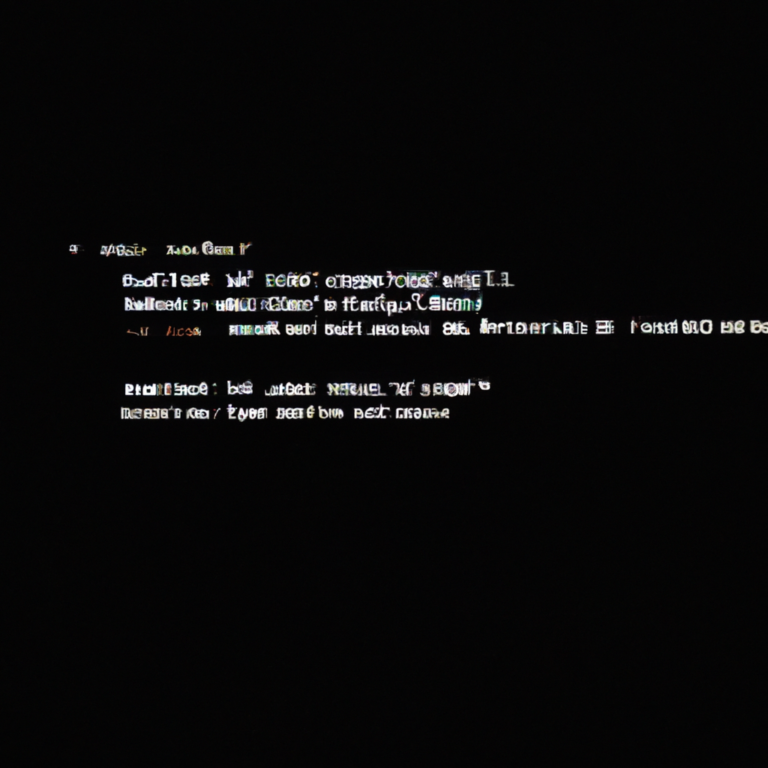Knowing the <main> and <aside> Tags
As an SEO content creator, it is important to have a good understanding of HTML elements and their proper usage. The <aside> and <main> elements are two commonly used HTML elements, but they serve different purposes on a web page.
What is <aside>
The <aside> element is used to mark content that is tangentially related to the surrounding content, but not part of the main flow. This can include sidebars, call-out boxes with tips or definitions, author bios, and related links. Using the <aside> element can help with accessibility and SEO, as it allows screen readers and search engines to understand that the content within the element is not critical to the main content.
What is <main>
On the other hand, the <main> element is used to mark the main content area of a web page. This is usually the section of the page that provides the primary purpose of the page. The <main> element should only be used once per web page and should contain the most important content of the page. This can include the main article or product information, and it should be properly structured with headings and other semantic HTML elements to help with accessibility and SEO.
<section> wraps it all up?
It is important to note that the <section> element should be used to divide content into meaningful sections within the <main> element. This can improve the overall structure of the web page, making it easier to understand for screen readers and search engines. It is also important to use proper heading tags (<h1> to <h6>) to separate different sections of the main content, indicating the hierarchy of the content.
<summing it all up>
In summary, while both the <aside> and <main> elements are important HTML elements that can contribute to a well-structured web page with good accessibility and SEO, they have different purposes. The <aside> element is used for tangentially related content, while the <main> element should contain the most important content of the page. By using these elements correctly and structuring the content with the appropriate HTML tags, you can create web pages that are more easily understood by both users and search engines.









